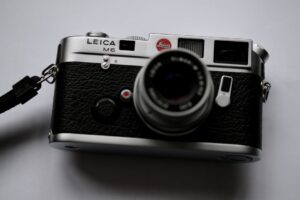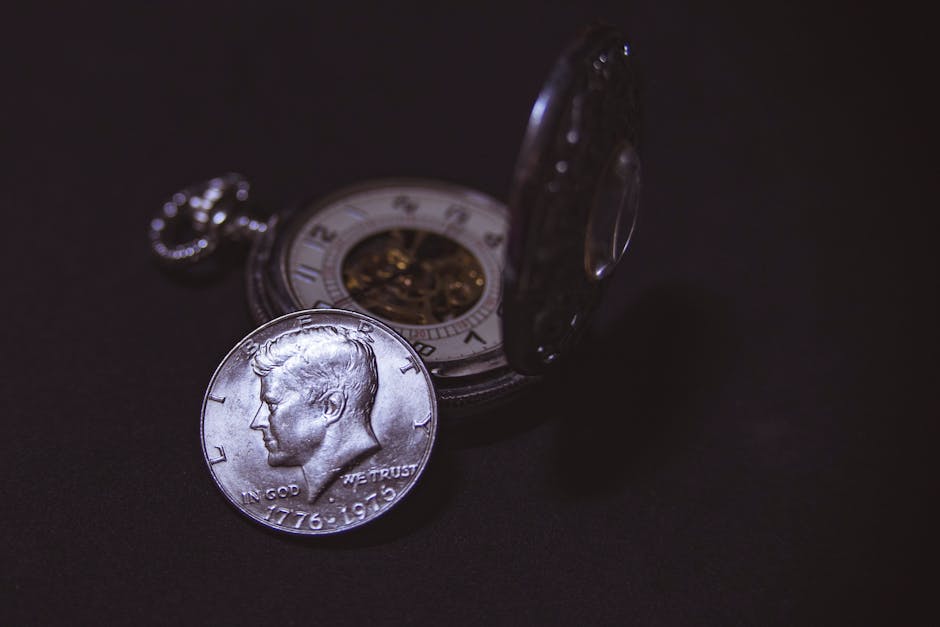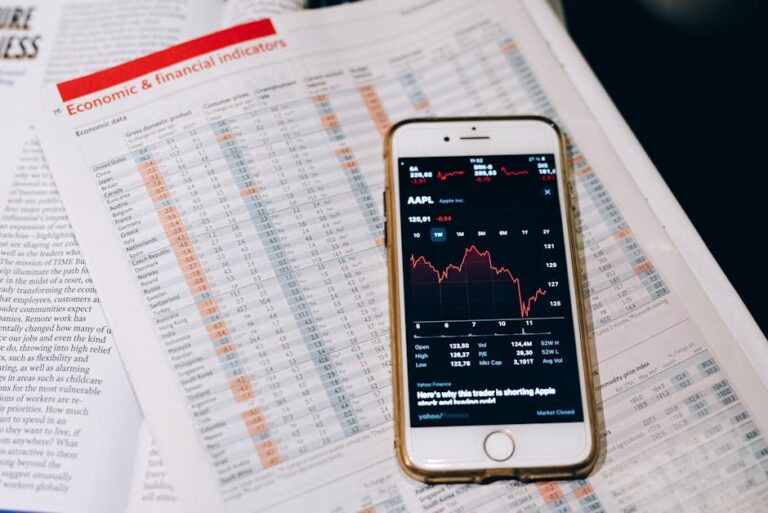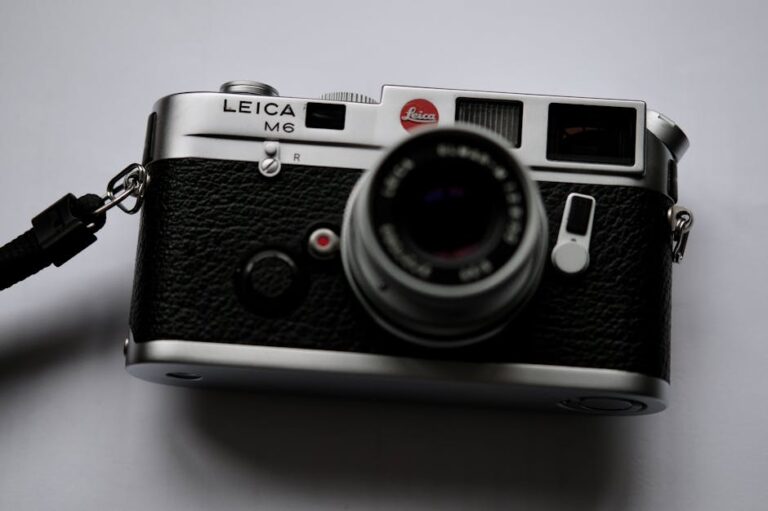The allure of rare coins is timeless, and the bicentennial quarter, minted in 1975 and 1976 to commemorate the 200th anniversary of the United States, is no exception. While millions were produced, certain bicentennial quarter errors have captured the attention of collectors, driving up their value significantly. As we approach 2025, understanding these errors, their grading, and the current market dynamics is crucial for both seasoned numismatists and those new to the hobby. This article dives deep into the fascinating world of bicentennial quarter errors, providing insights to help you identify potentially valuable coins and navigate the market effectively.
Understanding the Bicentennial Quarter and its Design
The bicentennial quarter, easily recognizable by its distinctive reverse design featuring a Colonial drummer and a victory torch encircled by thirteen stars, was a one-year issue commemorating a significant milestone in American history. The obverse features the familiar portrait of George Washington, but with a dual date, “1776-1976,” reflecting the bicentennial celebration.
Minted at Philadelphia (no mint mark), Denver (D), and San Francisco (S), these quarters were widely circulated and saved by many. The composition is clad, consisting of a copper core sandwiched between layers of copper-nickel. However, despite the large mintage, certain errors occurred during the production process, creating collectible variations.
Common Bicentennial Quarter Errors and Their Identification in 2025
While not all anomalies classify as valuable errors, certain types are highly sought after by collectors. Identifying these bicentennial quarter errors correctly is the first step in determining their potential worth.
Die Cracks and Die Breaks
Die cracks are thin lines appearing on the coin’s surface, resulting from cracks in the die used to strike the coin. Die breaks are more significant, appearing as raised, irregular areas. These errors often occur due to the immense pressure involved in the minting process. Die cracks on the bicentennial quarter are relatively common, but larger, more prominent die breaks are more desirable.
Off-Center Strikes
An off-center strike happens when the coin is not perfectly aligned within the minting press. This results in a portion of the design being missing. The severity of the off-center strike dramatically affects the coin’s value. A minor off-center strike is less valuable than one where a significant part of the design is missing but a date is visible.
Doubled Die Errors
Doubled die errors occur when the die itself has a doubled image. This is distinct from strike doubling, which is a less valuable form of doubling caused by movement during the striking process. True doubled die bicentennial quarter errors will show distinct doubling of the design elements, especially the lettering or date. These are among the most valuable bicentennial quarter errors.
Clipped Planchet Errors
A clipped planchet error arises when a portion of the metal blank (planchet) is missing before the coin is struck. This creates a curved or straight edge along the coin’s rim. These errors are typically unintentional and can significantly increase a coin’s value, depending on the size and shape of the clip.
Broadstruck Errors
Broadstruck errors occur when the retaining collar, which helps shape the coin during striking, malfunctions. This results in a coin that is wider and flatter than a normal coin, with a less defined rim. Broadstruck bicentennial quarter errors can be interesting collectibles.
Grading and Authentication of Bicentennial Quarter Errors
Once you’ve identified a potential bicentennial quarter error, having it graded by a reputable third-party grading service (TPG) like PCGS (Professional Coin Grading Service) or NGC (Numismatic Guaranty Corporation) is crucial. Grading authenticates the coin and assigns a grade based on its condition. The grade significantly impacts the coin’s value.
The Sheldon Scale, ranging from 1 (Poor) to 70 (Mint State), is used to assess a coin’s condition. Coins graded MS (Mint State) are uncirculated and in pristine condition. Even lower grades can be valuable for rarer errors. Professional grading services also encapsulate the coin in a protective holder, safeguarding its condition and providing authentication.
Remember, attempting to clean or alter a coin can significantly decrease its value. Leave any cleaning to professional conservators, if necessary.
Market Trends and Valuations for 2025
The market for bicentennial quarter errors fluctuates based on demand, rarity, and condition. Factors influencing value in 2025 include:
- Rarity of the Error: Some errors are more common than others. Doubled die errors and significant off-center strikes tend to be rarer and thus more valuable.
- Condition: A coin in better condition will always command a higher price. Uncirculated examples of rare errors are particularly prized.
- Eye Appeal: The overall aesthetics of the coin, including its luster and color, play a role in its desirability and value.
- Third-Party Grading: Coins graded and encapsulated by PCGS or NGC generally sell for higher prices due to their authenticated condition and guarantee of authenticity.
Staying informed about current market trends through numismatic publications, online forums, and auction results is essential for accurately assessing the value of your bicentennial quarter errors. For example, you can find price trends and information at reputable websites such as PCGS.
As we move closer to 2026 and the 250th anniversary, or Semiquincentennial, of the United States, interest in commemorative coins like the bicentennial quarter may experience a resurgence, potentially impacting their value.
In the meantime, appinnovators6 continues to track numismatic trends as well.
Tips for Buying and Selling Bicentennial Quarter Errors in 2025
Whether you’re a seasoned collector or just starting, here are some practical tips for buying and selling bicentennial quarter errors:
- Do Your Research: Understand the different types of errors, their rarity, and typical market values.
- Buy from Reputable Sources: Purchase coins from reputable dealers or auction houses to avoid scams and counterfeits.
- Examine Coins Carefully: Inspect coins closely for any signs of damage or alteration before making a purchase.
- Consider Third-Party Grading: For higher-value coins, prioritize those that have been graded and encapsulated by PCGS or NGC.
- Set Realistic Expectations: Don’t expect to find a fortune in every roll of quarters you search. Finding valuable errors requires patience and diligence.
- Document Your Collection: Keep records of your purchases, including prices paid and any relevant information about the coins.
Where to Find Bicentennial Quarter Errors
Finding bicentennial quarter errors can be a rewarding experience. Here are some places to look:
- Coin Roll Hunting: Searching through rolls of quarters from banks or credit unions is a classic method.
- Coin Shows and Auctions: These events provide opportunities to examine a wide variety of coins and connect with other collectors.
- Online Marketplaces: Websites like eBay and specialized numismatic platforms offer a vast selection of coins, but exercise caution and verify the seller’s reputation.
- Local Coin Shops: Local coin shops are a great resource for finding coins and getting expert advice.
Remember to exercise caution when buying online and thoroughly research the seller before making any purchases. You can also get reliable information and insight from reputable sources, such as the United States Mint.
Storing and Preserving Your Bicentennial Quarter Errors
Proper storage is crucial for preserving the condition and value of your bicentennial quarter errors.
- Use Coin Holders or Albums: These provide protection against scratches, dust, and other environmental factors.
- Avoid Touching the Coin’s Surface: Handle coins by their edges to prevent transferring oils from your skin.
- Store Coins in a Cool, Dry Place: Avoid extreme temperatures and humidity, which can damage the coin.
Conclusion
The world of bicentennial quarter errors is a fascinating and rewarding area of numismatics. While the vast majority of these coins are worth face value, certain errors can command significant premiums. By understanding the different types of errors, their grading, and the current market trends, you can increase your chances of finding a valuable bicentennial quarter error and building a rewarding collection. As we approach 2025, the allure of these historical commemoratives remains strong, making it an exciting time to explore the world of coin collecting. Remember to enjoy the journey, learn as much as you can, and exercise caution when buying and selling. The thrill of the hunt and the potential for discovering a rare treasure make the pursuit of bicentennial quarter errors a worthwhile endeavor.
FAQ About Bicentennial Quarter Errors
What are the most common bicentennial quarter errors?
The most common bicentennial quarter errors include die cracks, minor off-center strikes, and weakly struck designs. While these errors are interesting, they typically do not command high prices unless the error is particularly dramatic or the coin is in exceptional condition.
How can I tell if my bicentennial quarter is valuable?
To determine if your bicentennial quarter is valuable, carefully inspect it for errors such as doubled dies, significant off-center strikes, or clipped planchets. If you suspect you have a valuable error, consider having it graded by a reputable third-party grading service like PCGS or NGC to authenticate its condition and assign a grade.
Where is the best place to sell bicentennial quarter errors?
The best place to sell bicentennial quarter errors depends on their value and your comfort level. Options include reputable coin dealers, online marketplaces like eBay (with caution), coin shows, and auctions. For higher-value coins, consider consigning them to a reputable auction house specializing in numismatics.
What is a doubled die bicentennial quarter error worth?
The value of a doubled die bicentennial quarter error can vary greatly depending on its severity, condition, and the specific doubling. Some doubled die errors are more prominent and desirable than others. Graded examples of rare doubled die errors can fetch significant prices, ranging from hundreds to thousands of dollars.
How do I protect my valuable bicentennial quarter errors?
Protect your valuable bicentennial quarter errors by storing them in protective coin holders or albums designed for numismatic preservation. Handle coins by their edges to avoid transferring oils from your skin, and store them in a cool, dry place away from direct sunlight and extreme temperatures.


















